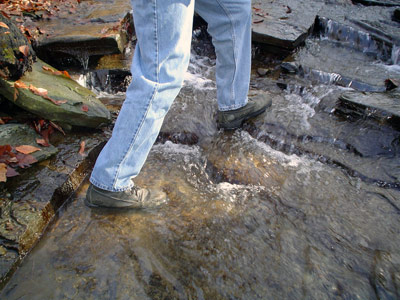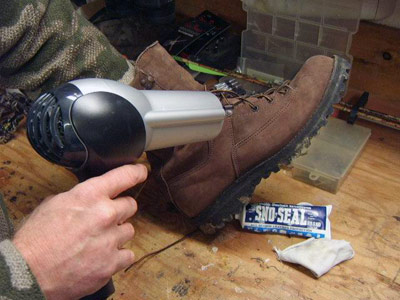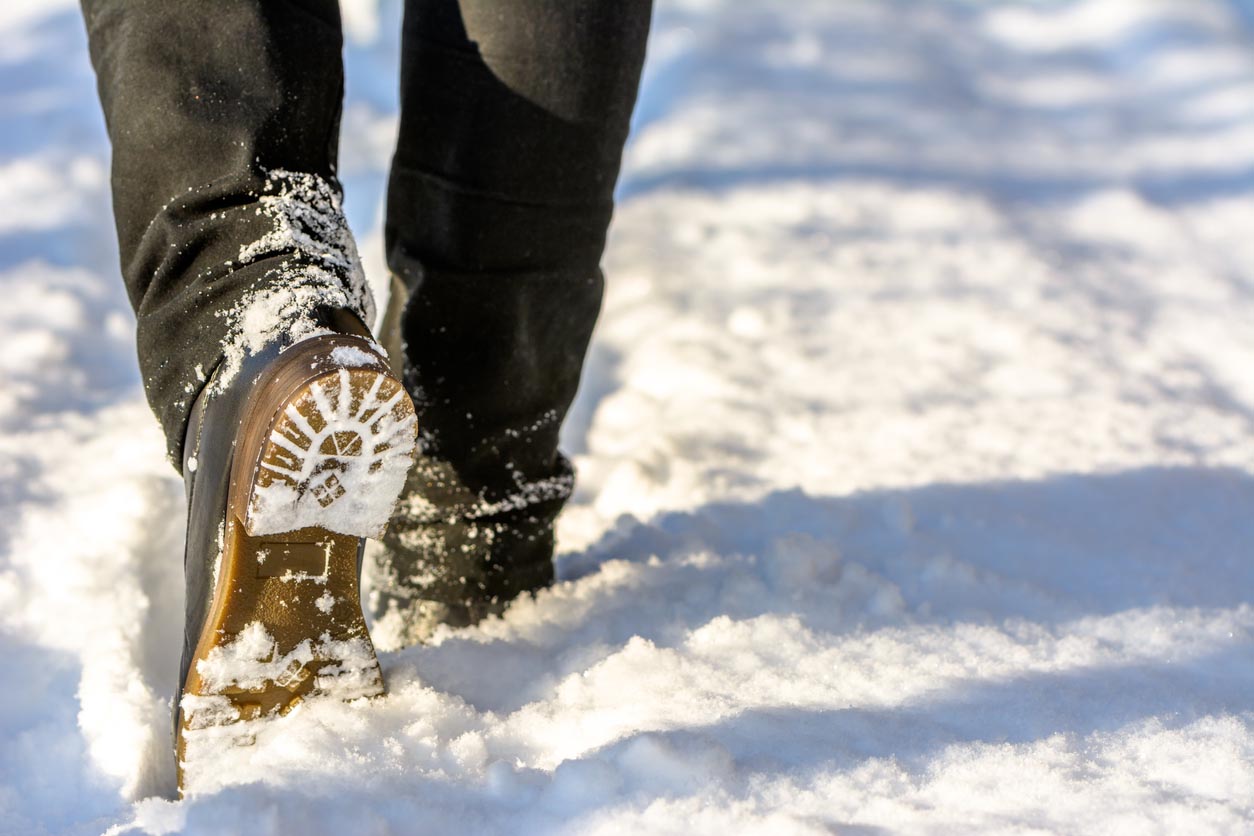I was crouched down in the soggy, spongy tundra of the Illiamna mountain range stalking a herd of caribou. It was late August, the ground was completely saturated and it had been raining for days. We were to have been picked up by our pilot three days earlier, but flying with VFR in fog so thick you could only see about 50 yards made that an impossibility. We were stuck…cold, wet, and getting low on food and water.
Our housing on this trip was a two man extreme weather tent. The laundry facilities consisted of two alder bushes with a piece of plastic hung above our one change of clothes to try and keep them dry. I kept my boots with me in the tent at night because there is nothing worse in the outback then cold, wet feet. When your feet are cold, your whole body is cold.
During the daylight hours our time was spent scouting three grassy knobs (about three miles long) in between rugged snow covered mountains. It was absolutely breath taking, yet that beauty is deceptive because one mistake up here could be your last. Hypothermia can set in causing your cellular metabolic processes shut down. When that happens the exposed skin will become blue and puffy, slurred speech, muscle coordination degrades, walking becomes nearly impossible, and the victim exhibits incoherent/irrational behavior or even a stupor.
 Pulse and respiration rates decrease significantly but fast heart rates (ventricular tachycardia, atrial fibrillation) can occur. Major organs fail and clinical death occurs after the victim looses consciousness. Because of decreased cellular activity in stage 3 hypothermia, the body will actually take longer to undergo brain death. OK, I’ll stop. I think you get the point. Keeping your feet dry was more important than food under these conditions.
Pulse and respiration rates decrease significantly but fast heart rates (ventricular tachycardia, atrial fibrillation) can occur. Major organs fail and clinical death occurs after the victim looses consciousness. Because of decreased cellular activity in stage 3 hypothermia, the body will actually take longer to undergo brain death. OK, I’ll stop. I think you get the point. Keeping your feet dry was more important than food under these conditions.
The soaking tundra made the trek feel like twice the distance, especially when your body weight was nearly doubled from sopping, wet clothing. I didn’t have rubber boots with me on this trip and that could have spelled real trouble. What I did have was a pair of leather, insulated, high top Wolverine boots that I had waterproofed with SNO-SEAL by ATSKO. As a result, my feet remained warm and dry despite the lousy conditions. SNO-SEAL is amazing stuff, trust me. I know what I’m talking about on this one!
I managed a boot shop in Emporium, Pa. back in the late 70’s. I’ve used SNO-SEAL on my leather products ever since then because it really works! Being the manager of a boot shop in the middle of so many hunting camps, you’d better sell the customer a great product and not a line of…well, ah, you get the picture. Real hunters spend a lot of time in the woods and staying warm and dry is a number one priority…and SNO-SEAL definitely delivers. I’ve had a ton of customers return top, name brand boots that cost hundreds of dollars and failed to deliver on their promise to be waterproof, only to come in and buy an insulated leather boot (for half the price) and waterproof it themselves with SNO-SEAL. What I got were happy, return customers with great stories and no worries.
THE SCIENCE OF DRY FEET
Here‘s what my reading turned up on why SNO-SEAL is so effective…it’s a good story.
The superiority of SNO-SEAL results from the combination of its ability to remain fixed in the outer layer of the leather and the superior water resistance of beeswax. Beeswax has a melt point of about 146º F. It is very dry and oil free. Thus once applied it is not only waterproof but extremely durable.
SNO-SEAL provides just enough lubrication to prevent hardening of leather in typical use. It does not soften leather. It was invented in 1933 by Ome Daiber to waterproof leather mountain climbing and downhill ski boots without destroying the stiffness required to climb or steer a ski. Boots, gloves, holsters etc. will maintain their strength for years if treated only with Sn0-Seal.
A baseball mitt can be softened with a light application of mineral oil. When exactly the right ball pocket and fit have been achieved, applying SNO-SEAL will maintain exactly the same form for the life of the glove.
Other waterproofing companies use grease, animal fat and oil, including some brands of silicone oil. These will soak away from the surface and penetrate through the leather. They require frequent re-applications to maintain effective concentration on the surface. After a time the heel counters and box toes soften. The leather becomes soft and spongy then the product begins to appear on your socks indicating it has soaked all thru the leather.
Saturated leather cannot absorb perspiration and loses its insulation value so your foot feels clammy and cold. With SNO-SEAL the beeswax stays where you need it, in the outer surface of the leather. The balance of the thickness remains open and dry for insulation and the absorption of foot moisture. By resisting migration SNO-SEAL assures that there will be no weakening of thermal or adhesive bonds, a common problem with silicones and other liquids.
 Other uses of SNO-SEAL include gloves, oiled canvas coats, chaps, belts, hats, and any other wearable leather that is exposed to water. Topsiders and other leather footwear and gloves can easily last 4 times as long in severe salt water use if protected with SNO-SEAL. Industrial environments including acid, alkaline, blood and abrasives can shorten the life of shoes, boots, gloves, aprons etc. These leather items will last longer, clean up easier, and provide better protection if maintained with SNO-SEAL.
Other uses of SNO-SEAL include gloves, oiled canvas coats, chaps, belts, hats, and any other wearable leather that is exposed to water. Topsiders and other leather footwear and gloves can easily last 4 times as long in severe salt water use if protected with SNO-SEAL. Industrial environments including acid, alkaline, blood and abrasives can shorten the life of shoes, boots, gloves, aprons etc. These leather items will last longer, clean up easier, and provide better protection if maintained with SNO-SEAL.
For more than my lifetime customers have been talking about their great results using SNO-SEAL to protect not only their boots, but many other things such as severely dry abused skin, hands, feet, knees, elbows, lips, etc. A similar beeswax formula is now available for application to the skin called Pro-Tech-Skin. It has already proven itself effective for psoriasis, diaper rash, dry and cracking skin, and cuticles associated with frequent washing, dry cold weather, and advancing age. By sealing in natural moisture Pro-Tech-Skin allows your skin to heal itself.
SNO-SEAL has been the most effective, longest lasting, and best protection for hard working leather since 1933. SNO-SEAL, the original Beeswax Waterproofing is still the best today and helps provide great stories and dry feet! It will work from the wet tundra in the shadow of Alaska’s Mt. Illiamna to the woods where you hunt whitetails.
www.atsko.com is where you can get SNO-SEAL and a set of dry feet.

